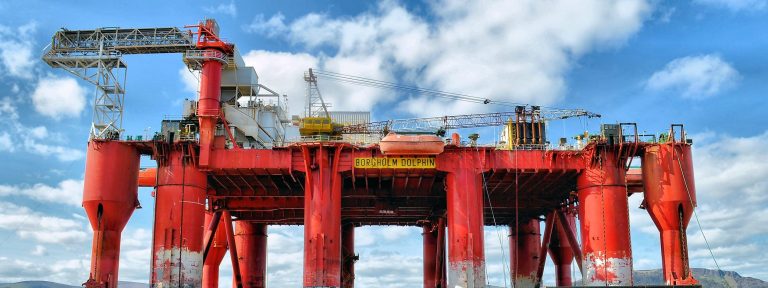The Internet of Things, or IoT, is becoming the latest game-changer in the oil and gas industries. For those unaware, the IoT is a system connected by sensors and controllers to help oil and gas companies monitor, collect, and then analyze their machinery accurately. These findings can lead to considerable savings in production loss and speed of repairs.
Developments in the Internet of Things will skyrocket the oil and gas industry to a place it has never been before.
5 reasons why efficiency and revenue gains are on the horizon
1. Reduce service costs
It’s common practice throughout the oil and gas industry to have a cycle of regularly scheduled inspections of devices to ensure that each machine is working correctly. This plan is in place to hopefully catch future problems and repair them before it’s too late.
While this seems great in theory, a lot of time is spent inspecting machinery that is working just fine. With the IoT in place, companies are now able to know the condition of each device before taking the time to do a full inspection and disrupting the day’s production. This also allows for time to be spent on devices that may be beginning to fail, which is crucial to their daily output. Unscheduled downtime can cost companies US$260,000/hour or more.
2. Monitor multiple remote locations
In the past, it has been tough and expensive to monitor offshore oil and gas rigs. These rigs are located in places where the network connection is spotty. Without that secure connection, it makes overseeing important aspects like temperature, flow rates, and pressures very difficult. If this data is inaccurately reported back, it could cost the company.
The IoT is making it possible and relatively inexpensive to do. By placing sensors that detect leaks in the wells and then deciding on a radius, these sensors then send data back to one location that is connected by satellite.
3. Preventing shutdowns
Avoiding shutdowns is the top priority for many oil and gas companies. In the years between 2009 and 2013, there were over 2,200 shutdowns in just the United States, or more than one incident each day. The same Deloitte study indicated that major shutdowns can cost global industries 5 percent of their production rate. That may not seem like a massive loss until you convert to dollars: 5 percent is equivalent to US$20 billion in revenue each year.
Even without a massive shutdown, small incidents are still pricy. One pump failure can cost hundreds of thousands of dollars, and that’s just one of several potential causes for delay and added expense. IoT devices can scan for pipe thickness, temperatures, and erosion, and they can also let you know when equipment is failing and there are oil and gas leaks, even without maintenance personnel present. The ability to monitor an entire site from one central command center will save billions.

In the past, it has been tough and expensive to monitor offshore oil and gas rigs. (Image: pexels / CC0 1.0)
4. Preventing human errors in data entry using IoT
Utilizing physical and manual monitoring processes can be taxing on the oil and gas industry. This type of monitoring can waste precious production time and labor costs, both of which are very important in preserving the precious bottom line. Aside from the easily predicted costs of time and labor, human error can also cost the company. With the massive amount of data that needs to be analyzed, human error is inevitable. But you don’t know when it will happen or how much it will cost you. An IoT buildout can handle far larger amounts of data and is less likely to make a mistake than a person.
5. Lower prices
The IoT is improving predictability and reliability. Most importantly, however, it is informing companies about their own business. With this knowledge in hand, business owners can make smarter decisions to improve their industry. These smarter decisions are saving them money, which in turn allows them to lower prices. Years ago, oil was estimated at US$100 a barrel. But now, we are seeing signs of barrels costing $80 or even $70.
The Internet of Things is a real game-changer in the oil and gas industries — this new technology touches every aspect of the industry. Altogether, the global IoT is predicted to grow to US$30.57 billion by 2026 in the oil and gas market alone.
Follow us on X, Facebook, or Pinterest

